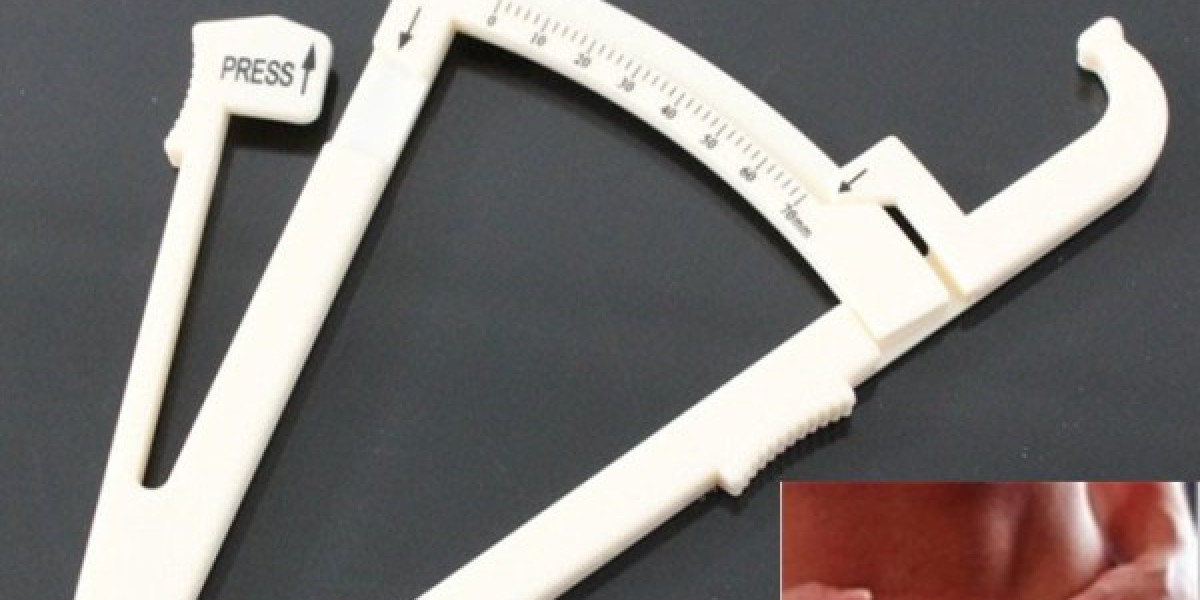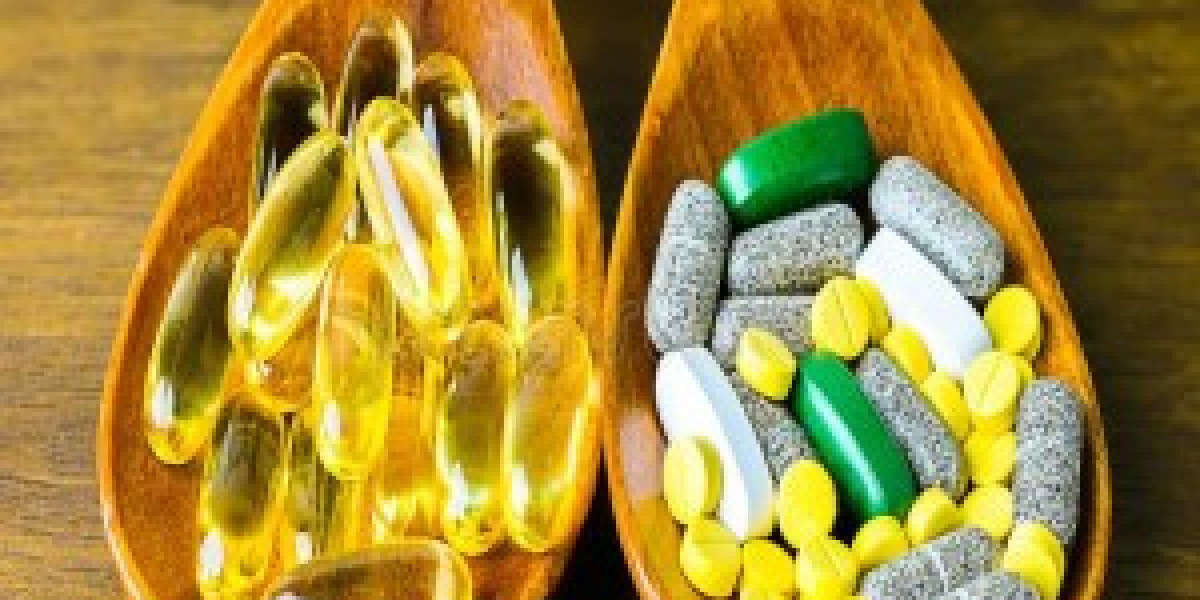Body Composition Analysis can Provide Important Insights
Understanding your body composition and specifically your body fat percentage can provide important insights into your overall health and fitness. There are several different methods available for measuring body fat, each with their own strengths and limitations. By understanding the different options, you can choose the method that is most appropriate for your specific needs and situation.
Skin Fold Calipers
One of the most common methods is using skin fold calipers to pinch and measure skin folds in different areas of the body such as the abdomen, thighs, and upper arms. These skin fold thickness measurements are then entered into a body fat percentage calculation based on gender, age, height and weight. While skin fold calipers provide a low-cost and portable method, they require some level of technical skill to use properly and can be inconsistent between different testers. Dehydration levels and hydration of the skin can also impact skin fold thickness measurements.
Bioelectrical Impedance Analysis (BIA)
BIA devices pass a small electrical current through the body and use the resistance to currents to distinguish fat tissue from lean tissue and organs. Most BIA devices require simply stepping on or grabbing onto electrodes. They provide results very quickly but can be impacted by factors like hydration levels, exercise, and food/drink consumption prior to the test. For general tracking purposes, BIA provides a reasonably accurate estimate of changes in body composition over time when tested under consistent conditions.
DEXA (Dual-energy X-ray Absorptiometry) Scans
Considered the gold standard method, DEXA uses two low-dose X-ray beams of different intensities directed at different tissues to distinguish bone from soft tissue and fat. DEXA scans provide the most detailed body composition breakdown showing percentages of muscle, bone, fat and vital organ tissue. While very accurate, DEXA scans require scheduling an appointment at a medical imaging facility and come with a higher cost than other methods. Radiation exposure is extremely low.
Hydrostatic (Underwater) Weighing
One of the earliest methods, hydrostatic weighing involves being weighed both in and out of a water tank to estimate body density from which body fat percentage can be derived. Considerable effort and breath-holding are required which limits its practical use. Results are also impacted by factors like water temperature, lung volume, and excess air in bathing suits. Hydrostatic weighing is now less common than other options.
Bod Pods and Air Displacement Plethysmography
Similar in function to hydrostatic weighing but using air instead of water, Bod Pods and other air displacement plethysmography chambers more comfortably determine body volume and density. Participants simply sit in the chamber wearing a swimsuit while it evaluates body composition. Considered highly accurate, air displacement plethysmography machines are found in some fitness facilities and research labs. The enclosed chamber environment can induce claustrophobia in some individuals.
Using Multiple Methods
For the most scientifically comprehensive evaluation, some fitness professionals may recommend using a combination of methods to cross-reference results and gain different insights. For example, a BIA measurement could provide baseline tracking numbers while a DEXA scan gives clinical-grade accuracy. Comparing skin fold measurements to a Bod Pod test may help calibrate skin fold equations. No single method is perfect, so using different tools together can build a more complete picture of an individual's body composition goals and progress.
Making Sense of Body Fat Percentage Numbers
While various body fat measurement methods may provide somewhat different numerical results due to their inherent technical differences, general classifications remain useful guides:
- Essential fat: 3-5% men; 10-13% women
- Athletes: 5-13% men; 14-20% women
- Fitness: 14-17% men; 21-24% women
- Acceptable: 18-24% men; 25-31% women
- Obese: 25% + men; 32% + women
Of course, health and fitness are multifaceted, and these classifications should not be taken as rigid determinants of wellness or athletic potential. With regular body composition monitoring, most individuals can identify ranges that support their own fitness and lifestyle needs.
In the using reliable methods to periodically measure body fat percentage can provide actionable feedback to optimize nutrition, exercise and overall health goals. Considering strengths and limitations of different techniques will help choose appropriate testing modalities. Combining technologies may yield most complete information for long-term fitness progress tracking.
Explore additional details from the source
Measuring Body Fat: Understanding Your Body Composition
About Author:
Money Singh is a seasoned content writer with over four years of experience in the market research sector. Her expertise spans various industries, including food and beverages, biotechnology, chemical and materials, defense and aerospace, consumer goods, etc. (https://www.linkedin.com/in/money-singh-590844163)










